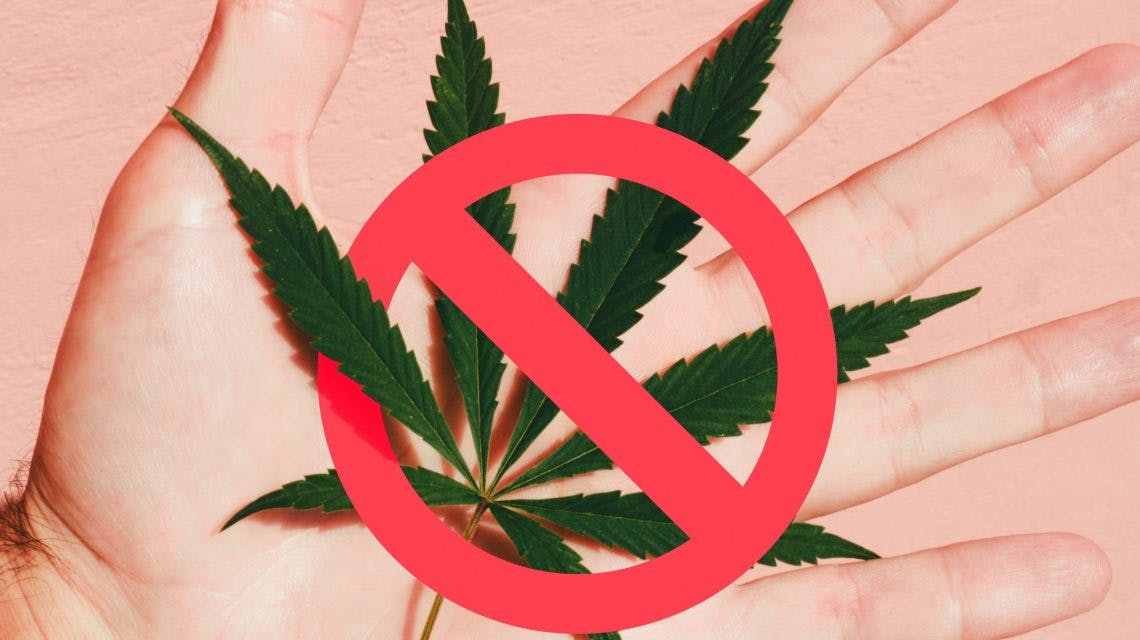TOKE has its roots in cannabis prohibitionist past – something that we are proud of, but now we are even more proud to be a part of the legal cannabis market that allows cannabis to be brought from out of the shadows and into the light.
At TOKE, we believe that we can’t look towards and celebrate cannabis’ future until we recognize cannabis’ past and the long road of prohibition that eventually turned course into legalization in Canada.
We will cover some of the deeper historical and customary origins of cannabis use throughout our blog, but here, we’ll focus on cannabis’ movement into North America, and the steps that followed to create what we now enjoy as the legal Canadian cannabis market.
Cannabis’ Modern Origins
As early as 1611, cannabis, and specifically hemp permeated North America. By 1619, the Virginia Assembly passed legislation requiring all farmers to grow hemp. Rumour has it that George Washington was a hemp grower himself and even cultivated high THC strains of cannabis. Thomas Jefferson, another founding father of the United States also was fond of growing the crop.
The Royal Stamp of Approval
As the word on cannabis buzzed, it caught the ears of Queen Victoria, the same Queen Victoria that Canadians celebrate every May long weekend. Dr. William O’Shaughnessy, Queen Victoria’s personal medical doctor introduced the plant to Her Majesty who often complained of painful period crams. She became a regular consumer and word of her use began to spread.
In 1840, French doctor Jacques-Joseph Moreau positioned that cannabis had the potential to suppress headaches, increase appetite, and aid with sleep. This sparked the addition of cannabis to the United States Pharmacopeia, which listed cannabis as an aid for numerous conditions, leading to it becoming increasingly common for doctors to prescribe cannabis tinctures to their patients.
Until 1900 the use of medical cannabis was widely supported by doctors and researchers. In 1889 an article was published in The Lancet, one of the most prominent medical journals of its time, outlining the use of cannabis to aid in opiate withdrawal, a hypothesis that is being replicated and researched into this day.
The Age of Cannabis Prohibition
When discussing cannabis in Canada, it’s important to look at the things that happened in the United States, because they greatly influenced the way cannabis was dealt with in our great country. Thus, in the 1930s, cannabis took a sad turn on both sides of the border.
Prohibition truly began in 1937 with the passing of the Marijuana Tax Act in the United States. This act banned the sale, possession, and transportation of both hemp and cannabis. For all this, we have the church-sponsored film Reefer Madness film to credit. As most who are tuned into cannabis lore know, Reefer Madness was a propaganda film that promoted fear and hysteria over cannabis plant. In the film, “reefer addiction” became the scapegoat for teens going on murderous rampages and becoming sexually compromised, raped, and assaulted. For years, “reefer madness” severely halted any progress that cannabis and hemp had experienced.
Shortly after the passing of the Marijuana Tax Act, cannabis was removed from the US Pharmacopeia, which stripped any remaining credibility, and chance, for cannabis to be used as medicine. Cannabis became classified as a Schedule I drug in the United States, along with substances such as heroin and cocaine.
As things tend to, reefer madness also permeated across the Canadian border. In Canada, prohibition took a racist and discriminatory view when a suffragette and police magistrate named Emily Murphy wrote a book called The Black Candle, pointing the finger towards immigration for the rise in cannabis use and corruption in Canada. In her book, she blamed cannabis for the rise of violence against white women, perpetuating reefer madness, and racism, within this country, with her writings eventually prompting lawmakers to include cannabis on a list of banned substances in Canada.
For decades, cannabis continued to be a stigmatized and prohibited substance, going through the decades long “War on Drugs”. It didn’t begin coming to light again until 1990s California through the efforts of a few brave souls.
1990s-2000s: Big Changes for Cannabis
California’s Denis Peron was an early advocate for what become the Compassionate Care Act (Proposition 215) in California, which allowed for the cultivation of cannabis for medical purposes for people living with AIDS. In 1998, medical cannabis was first legalized in North America in Oregon, Alaska, and Washington. It was first legalized for recreational purposes in Colorado in 2004.
Many Canadians don’t realize that cannabis in Canada certainly isn’t new, in fact we’ve had it in some legal form for almost 20 years. Canada has had a strong, globally-recognized legal medical cannabis program since 2001. Then, it was known as the Marihuana Medical Access Regulations, eventually evolving into the Access for Cannabis for Medical Purposes Regulation (ACMPR). The prospect of cannabis legalization came through the platform of Justin Trudeau, who became Canada’s Prime Minister to legalize cannabis when he took office in 2015. Trudeau’s office worked towards the introduction of Bill C-45, which was passed to become The Cannabis Act, which was implemented October 17, 2018. Canada became the first G7 country to legalize cannabis, and the second country in the world, after Urugay, to legalize cannabis at the federal level. This past winter, we experienced the entry of new products into the market as part of “Legalization 2.0”.
2020 has already proven to be an integral year for cannabis, especially in light of it being declared an essential service during the COVID-19 pandemic.
We are part of one of the most important movements in history. At TOKE, we honour our own journey, while taking positive steps towards building cannabis’ future. We never forget where we come from, while working hard to build the potential that our plant has to offer Canada, and the world.
